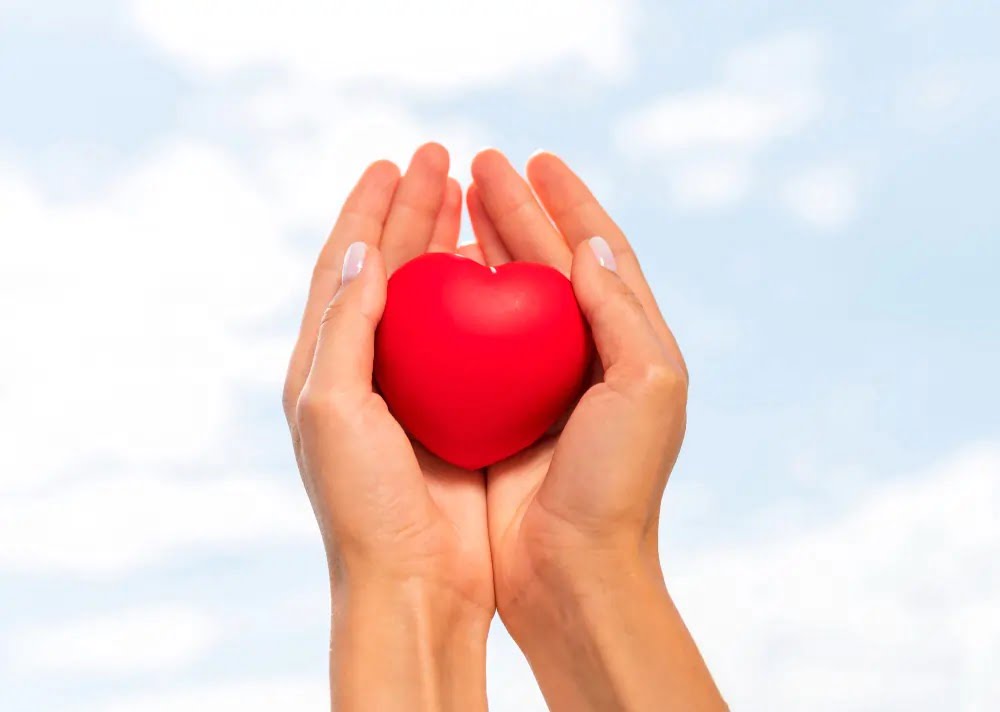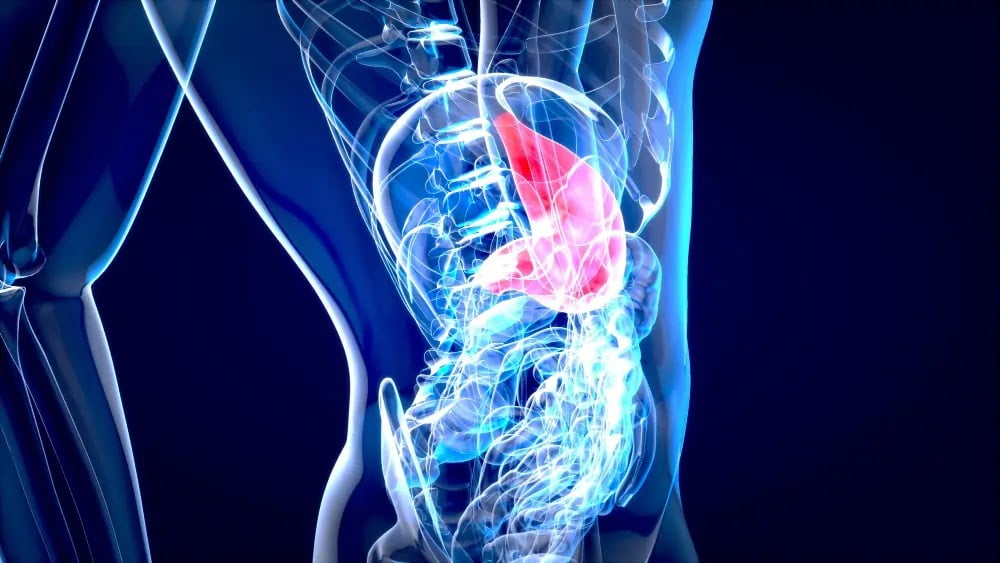Migraine is a common and debilitating condition that affects millions of people worldwide. It is characterized by recurrent episodes of severe headache, often accompanied by nausea, vomiting, sensitivity to light and sound, and other symptoms. Migraine can have a significant impact on the quality of life of sufferers and their families.
Migraine attacks can be triggered by various factors, such as stress, hormonal changes, food, alcohol, and environmental stimuli. One of the most common migraine triggers is weather change, especially during the coldwave season. When the temperature drops suddenly or the air becomes dry and windy, it can affect the blood vessels and the nerves in the head, causing inflammation and pain. Fortunately, there are some ways to prevent or reduce the frequency and severity of migraine attacks during the coldwave season. Here are some tips to help you cope with the weather-related migraine triggers:
Cover your head
One of the simplest and most effective ways to protect yourself from the cold air is to cover your head with a warm hat, scarf, or hood. This can prevent the exposure of your scalp and ears to the cold wind, which can trigger or worsen migraine pain. It can also help you avoid catching a cold or flu, which can also be a migraine trigger.
Stay hydrated
Dehydration can be a common problem during the coldwave season, as the dry air can sap the moisture from your body. Dehydration can cause headaches, fatigue, and irritability, and can also make you more sensitive to pain. To prevent dehydration, drink plenty of water throughout the day, and avoid caffeinated, alcoholic, or sugary drinks, which can dehydrate you further.
Use a humidifier
Another way to combat the dryness of the air is to use a humidifier in your home or office. A humidifier can add moisture to the air, which can help soothe your nasal and sinus passages, and prevent them from becoming irritated and inflamed. A humidifier can also help you breathe easier and sleep better, which can improve your overall health and well-being.
Exercise regularly
Exercise is not only good for your physical fitness but also for your mental health and mood. Exercise can help you release endorphins, which are natural painkillers and mood boosters. Exercise can also help you cope with stress, which is a major migraine trigger. Aim for at least 30 minutes of moderate exercise, such as walking, jogging, cycling, or swimming, at least three times a week. However, avoid exercising outdoors when the weather is too cold or windy, as this can trigger or aggravate your migraine.
Avoid dietary triggers
Some foods and drinks can also trigger or worsen migraine attacks, especially if you are sensitive or allergic to them. Some of the common dietary triggers for migraine are chocolate, cheese, red wine, citrus fruits, nuts, processed meats, and artificial sweeteners. Try to identify and avoid your triggers, and keep a food diary to track your eating habits and symptoms. Eat a balanced and nutritious diet, and avoid skipping meals, as this can also cause headaches.
By following these tips, you can reduce the risk of having migraine attacks during the coldwave season, and enjoy the winter without the pain. However, if you still experience frequent or severe migraine attacks, you should consult your doctor for proper diagnosis and treatment. There are various medications and therapies available to help you manage your migraine condition and improve your quality of life.
Closing Thoughts on Migraine Attacks
Migraine is a chronic and disabling condition that can be triggered by various factors, including weather changes. During the coldwave season, migraine sufferers may experience more frequent and severe attacks due to the sudden drop in temperature, the dryness of the air, and the wind. However, by following some simple preventive measures, such as covering your head, staying hydrated, using a humidifier, exercising regularly, and avoiding dietary triggers, you can reduce the impact of weather-related migraine triggers on your health and well-being. If you still suffer from migraine attacks, consult your doctor for proper diagnosis and treatment.
FAQs
Q: What is the difference between a headache and a migraine?
A: A headache is a general term for any pain or discomfort in the head, while a migraine is a specific type of headache that has distinct features and causes. A migraine usually affects one side of the head and is often throbbing or pulsating. A migraine also has other symptoms, such as nausea, vomiting, sensitivity to light and sound, and visual disturbances. A migraine attack can last from a few hours to a few days and can be very disabling.
Q: How can I tell if the weather is triggering my migraine?
A: The best way to tell if the weather is triggering your migraine is to keep a diary of your migraine attacks and the weather conditions. You can use a calendar, a notebook, or an app to record the date, time, duration, severity, and symptoms of your migraine attacks, as well as the temperature, humidity, wind, and air pressure of the weather. You can also note down any other potential triggers, such as stress, food, or hormones. By analyzing your diary, you can identify patterns and correlations between your migraine attacks and the weather changes.
Q: How can I prevent a migraine attack before it starts?
A: If you notice any warning signs or prodromes of a migraine attack, such as mood changes, fatigue, neck stiffness, or food cravings, you can try to prevent the attack by taking some preventive measures. These include taking your prescribed medication, resting in a quiet and dark room, applying a cold or hot compress to your head or neck, drinking water, and doing some relaxation techniques, such as deep breathing, meditation, or yoga.
Q: How can I treat a migraine attack once it starts?
A: If you have a migraine attack, you can try to treat it by taking your prescribed medication, such as painkillers, anti-inflammatories, or triptans, as soon as possible. You can also try some non-pharmacological methods, such as resting in a quiet and dark room, applying a cold or hot compress to your head or neck, drinking water, and doing some relaxation techniques, such as deep breathing, meditation, or yoga. You can also seek help from a friend, family member, or health professional if you need support or assistance.
Q: How can I cope with the impact of migraine on my daily life?
A: Migraine can hurt your daily life, affecting your work, school, family, and social activities. To cope with the impact of migraine, you can try to adopt some lifestyle changes, such as maintaining a regular sleep schedule, eating a balanced and nutritious diet, avoiding alcohol and tobacco, managing your stress, and exercising moderately. You can also join a support group, online or offline, where you can share your experiences and feelings with other migraine sufferers, and learn from their tips and advice. You can also educate yourself and others about migraine, and seek professional help if you feel depressed or anxious.








 Afrikaans
Afrikaans Albanian
Albanian Amharic
Amharic Arabic
Arabic Armenian
Armenian Azerbaijani
Azerbaijani Basque
Basque Belarusian
Belarusian Bengali
Bengali Bosnian
Bosnian Bulgarian
Bulgarian Catalan
Catalan Cebuano
Cebuano Chichewa
Chichewa Chinese (Simplified)
Chinese (Simplified) Chinese (Traditional)
Chinese (Traditional) Corsican
Corsican Croatian
Croatian Czech
Czech Danish
Danish Dutch
Dutch English
English Esperanto
Esperanto Estonian
Estonian Filipino
Filipino Finnish
Finnish French
French Frisian
Frisian Galician
Galician Georgian
Georgian German
German Greek
Greek Gujarati
Gujarati Haitian Creole
Haitian Creole Hausa
Hausa Hawaiian
Hawaiian Hebrew
Hebrew Hindi
Hindi Hmong
Hmong Hungarian
Hungarian Icelandic
Icelandic Igbo
Igbo Indonesian
Indonesian Irish
Irish Italian
Italian Japanese
Japanese Javanese
Javanese Kannada
Kannada Kazakh
Kazakh Khmer
Khmer Korean
Korean Kurdish (Kurmanji)
Kurdish (Kurmanji) Kyrgyz
Kyrgyz Lao
Lao Latin
Latin Latvian
Latvian Lithuanian
Lithuanian Luxembourgish
Luxembourgish Macedonian
Macedonian Malagasy
Malagasy Malay
Malay Malayalam
Malayalam Maltese
Maltese Maori
Maori Marathi
Marathi Mongolian
Mongolian Myanmar (Burmese)
Myanmar (Burmese) Nepali
Nepali Norwegian
Norwegian Pashto
Pashto Persian
Persian Polish
Polish Portuguese
Portuguese Punjabi
Punjabi Romanian
Romanian Russian
Russian Samoan
Samoan Scottish Gaelic
Scottish Gaelic Serbian
Serbian Sesotho
Sesotho Shona
Shona Sindhi
Sindhi Sinhala
Sinhala Slovak
Slovak Slovenian
Slovenian Somali
Somali Spanish
Spanish Sundanese
Sundanese Swahili
Swahili Swedish
Swedish Tajik
Tajik Tamil
Tamil Telugu
Telugu Thai
Thai Turkish
Turkish Ukrainian
Ukrainian Urdu
Urdu Uzbek
Uzbek Vietnamese
Vietnamese Welsh
Welsh Xhosa
Xhosa Yiddish
Yiddish Yoruba
Yoruba Zulu
Zulu